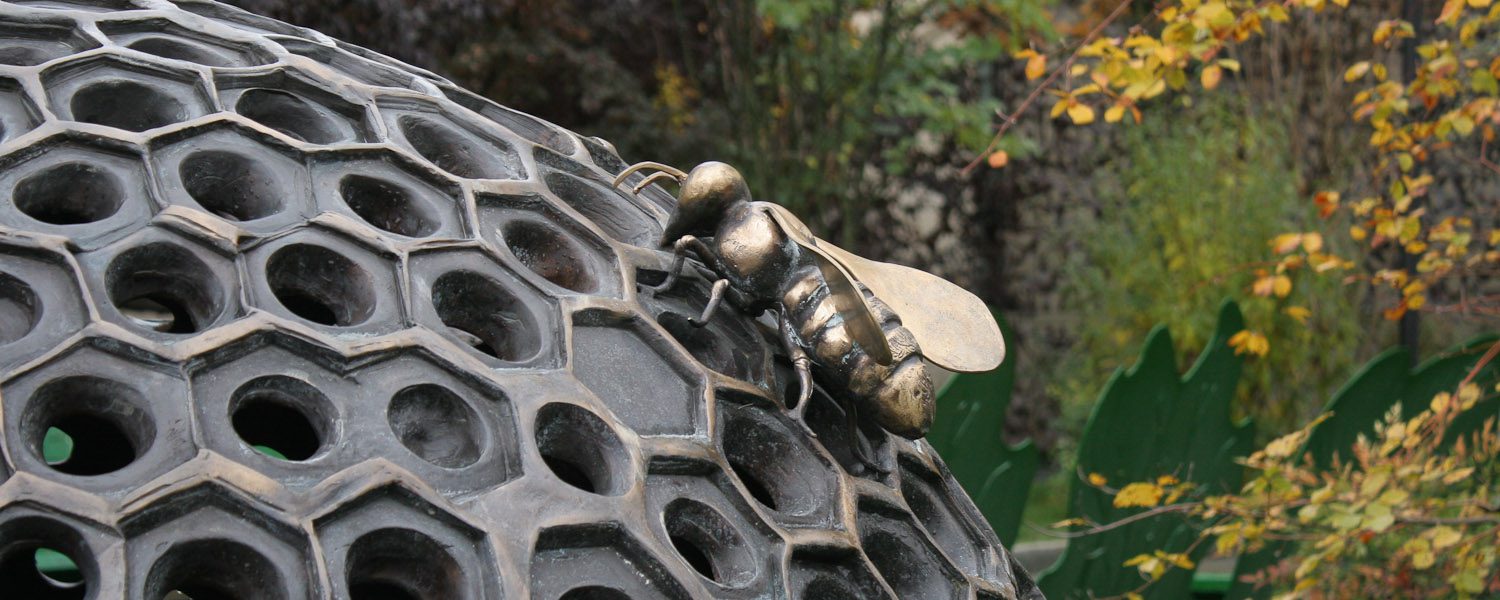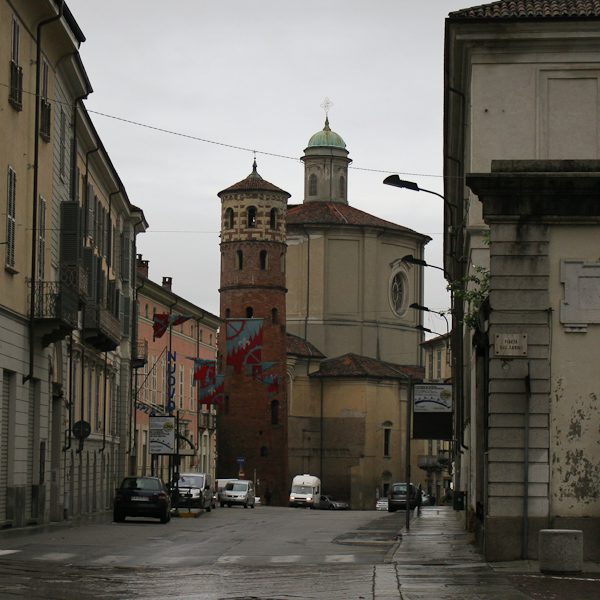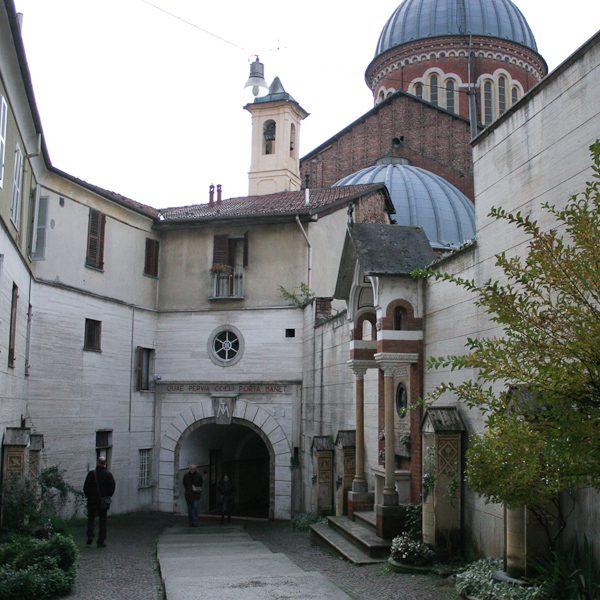Things to see in Asti
Two four-letter towns beginning with an A compete for attention in Southern Piedmont, and both have a lot to offer. Here’s my list of things to see in Asti.
Asti and Alba in Piedmont have a lot in common. The two towns on both sides of the Tanero River share an affinity for white truffles, remarkable red wines (Barbera in Asti vs. Barolo in Alba) and an annual palio race where various neighbourhoods within each city compete for a banner (the palio) placed at the finishing post and awarded to the winner. The palio also highlights the differences between the two towns, for while the palio in Asti is a solemn bareback horse race, Alba’s race is conducted with a slight mockery on donkeys. The similarities and differences underline the fact that even though only 30 kilometres separate the two cities, they do not like to be mixed up. In the following I have accumulated a list of unique things to see in Asti.
Visit the Cathedral
The cathedral in Asti called Santa Maria Assunta is an absolute marvel that will make you wish you’d brought a sleeping pad and could squat for the night. On the outside the 13th century building appears very Romanesque-Gothic with massive walls, tall windows with austere semicircular arches lined in checkered red and white bricks and a few frivolous Gothic details in the shape of turrets and saints. Inside, however, the cathedral has got a full-body tattoo with frescoes everywhere. Leaning back to study the paintings and the tales they tell is like being swallowed by a 3D cartoon, so utterly fascinating, psychedelic and a little bit disconcerting.
Contemplate the Red Tower
The red tower also known as the Tower of San Secondo encapsulates 2000 years of Asti’s history and legend. The polygonal tower was originally used to mark the limit of the Roman settlement in Asti, and it has probably been part of a defensive structure with surrounding walls. In addition, the red tower is linked to the legend of Asti’s patron saint San Secondo, who was imprisoned here, before he was executed for his faith.
In the Middle Ages the red tower was given a Romanesque crowning and transformed into a bell tower for the Church of St. Catherine, before it was enclosed by other buildings and rendered practically invisible. It remained in this state until the 1930s, when the red tower was restored to its present state as symbol of the city.
Walk Through the Gates of Paradise
Compared to cities in the south of Italy, Asti has an unambiguous worldly appearance, which is why it seems strangely exotic to find a path loaded with religious paraphernalia along the sanctuary of Nostra Signora di Porta Paradisi. The path is lined with shrines and leads through the old city gate to an exact copy of the Grotto of Our Lady of Lourdes. A rough stone contained within a wall is cherished for showing the likeness of Christ with a thorny crown. It is said that the stone was thrown at a sacred image in blasphemy, and when it bounced back it had absorbed the holy features. Finally there is a small basement chapel with a large congregation beside the main church, where you’ll find diorama of a nativity scene and the burial of Christ along with naturally sized copies of the shroud of Turin.
Feel the Fabric in Palazzo Mazzetti
Museum Palazzo Mazzetti houses the civic museum of Asti along with changing exhibitions and a permanent collection of Italian paintings from the 17th to the 19th centuries. I was particularly mesmerized by Giacomo Grosso’s painting ‘La Femme’, a stylized Art Nouveau or Liberty woman in a sensuous white dress. The subtle colours, reflections and light lead spectators to believe they can almost feel the cool, soft and fat silky fabric and smell the perfume of roses strewn at her feet. A lovely encounter in an aristocratic setting.
Savour the Tastes
When you’ve finished with the permanent sights of Asti, there’s nothing better than a visit to the covered market or one of the celebrated local shops, bars or restaurants. You might for instance want to try Pasticceria Giordanino’s famous polentina delle tre mandorle, Cögná a mustard sauce or marmalade on a base of grapes to be eaten with cheese, meat or bagna cauda, VinCotto, honey, hazelnuts, preserved mushrooms, wild boar or donkey sausages and numerous other local delicacies. Not to mention the wine and the truffles of course.
Asti has enough material and edible attractions to satisfy even the most choosy palate.







We’re heading to Asti tomorrow and just found your site. Many thanks for the information!
I hope you’ll enjoy it, and that the weather is a bit better than last time we visited Asti.